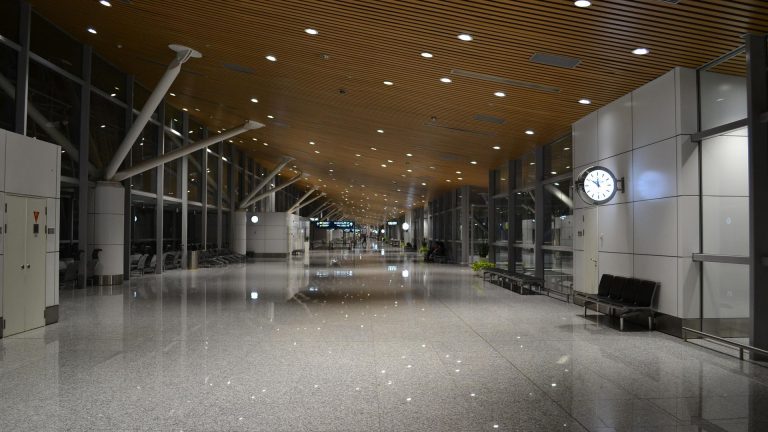Even before the economy took a dive, material handling industry experts were warning of coming changes to America’s workforce that could have far-reaching implications for U.S. businesses. America’s population is aging. By 2015, the over 65 population will increase by more than 20%. At the same time, the number of people getting started in the workplace, those 25 to 39, will grow by only 6%. And even more alarming, the population group that has traditionally formed the core of America’s workforce, those aged 40 to 54, will shrink by 5%. Businesses need to prepare now to deal with a younger, smaller U.S. workforce.
But that’s only part of the problem, said Gary Forger, Senior VP of Professional Development for the Material Handling Industry of America (MHIA), in his keynote address at ProMat 2009 earlier this month. The fast pace of technological change and the need for constant learning and retraining may present the biggest challenge. Where it used to take 12 to 15 years for skill sets to before becoming obsolete, it now takes less than 3 years. “It is estimated that 39% of the current workforce and 26% of new hires will have basic skill deficiencies,” Forger said. Unfortunately, America’s future workforce may not have the “live to work” ethic of their predecessors. Tomorrow’s worker will be seeking a better work-life balance, placing higher value on “work to live.”
While coming changes in workforce demographics will present significant challenges for U.S. businesses, Forger said it will also present unique opportunities to improve productivity and performance for companies able to exercise flexibility. Forger suggested that those opportunities are likely to be found in unexpected places. Companies may find it productive to pair old and new workers, he said. New workers would bring advanced technological skills to the table; older workers, knowledge and experience. Automation is expected to increase to allow smaller workforces to maintain production. The need to accommodate aging workers will place increased emphasis on ergonomic equipment.
As the number of U.S. workers dwindles, the material handling industry should prepare for an increasingly multi-cultural and multi-lingual workforce. Forger said recruiters may need to target new work groups, such as “Hispanic women reentering the workforce.” Retention efforts may need to become more flexible and more creative, offering different incentives to differently-motivated groups. In the future, advancement, employee satisfaction and responsibilities may provide better retention results than basic pay. How companies address work-life balance issues is also expected to play a key role in employee retention.


